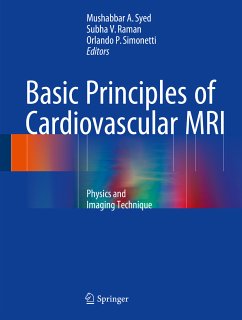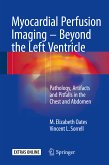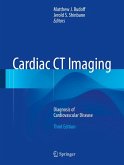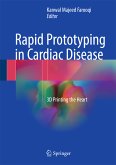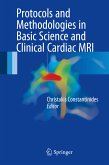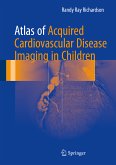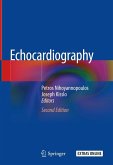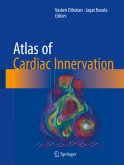CMR is now considered a clinically important imaging modality for patients with a wide variety of cardiovascular diseases. Recent developments have influenced a wide variety of cardiovascular imaging applications, many of which are now routinely used in clinical practice in CMR laboratories around the world. That it is non-invasive and lacks ionizing radiation exposure make CMR uniquely important for patients whose clinical condition requires serial imaging follow-up.
Basic Principles of Cardiovascular MRI: Physics and Imaging Techniques includes a wealth of CMR examples in the form of high-resolution still images. Each imaging technique is discussed in separate chapters that include the physics and clinical applications (with cardiovascular examples) of that particular technique. As such, this book will be essential for cardiovascular medicine specialists and trainees , cardiovascular physicists, and clinical cardiovascular imagers.
Dieser Download kann aus rechtlichen Gründen nur mit Rechnungsadresse in A, B, BG, CY, CZ, D, DK, EW, E, FIN, F, GR, HR, H, IRL, I, LT, L, LR, M, NL, PL, P, R, S, SLO, SK ausgeliefert werden.

